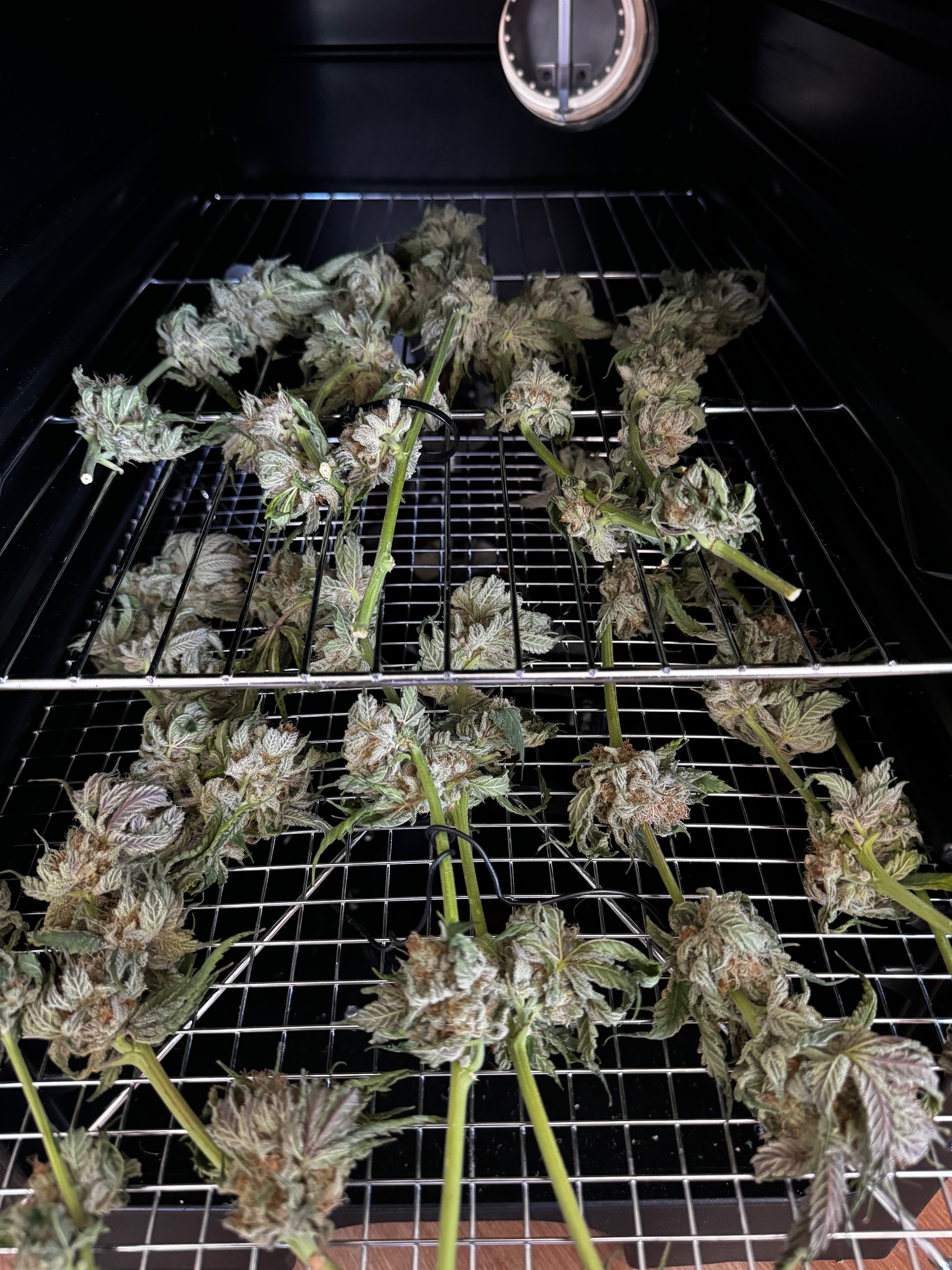Dankubator DIY Edition
Build Your Own Professional-Grade Automated Drying Chamber

Build Your Own Professional-Grade Automated Drying Chamber

Build a professional-grade drying chamber for 1/3 the price of pre-built units.
Modify and upgrade components to match your specific growing setup and needs.
Understand the technology behind automated drying and gain valuable DIY skills.
Access the same proven algorithms and mobile app as our commercial units.
The overall process involves cutting holes in a food-grade hot box, attaching cooling and ventilation components, and wiring everything to a Raspberry Pi control system.
You can find the complete parts list on our detailed build post. Here are the key components:
Note: We're using a servo driver as a PWM controller, but this might be overkill. Future versions may use PWM directly from GPIO pins.
⚠️ Warning: This involves electrical work. If you don't understand electricity, wait for our detailed version or consult an electrician.
Our code is currently in a private GitHub repository. We'll make it public once we finalize the account details.
Join the DIY revolution and create professional-grade automation for a fraction of the cost.